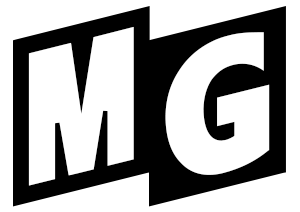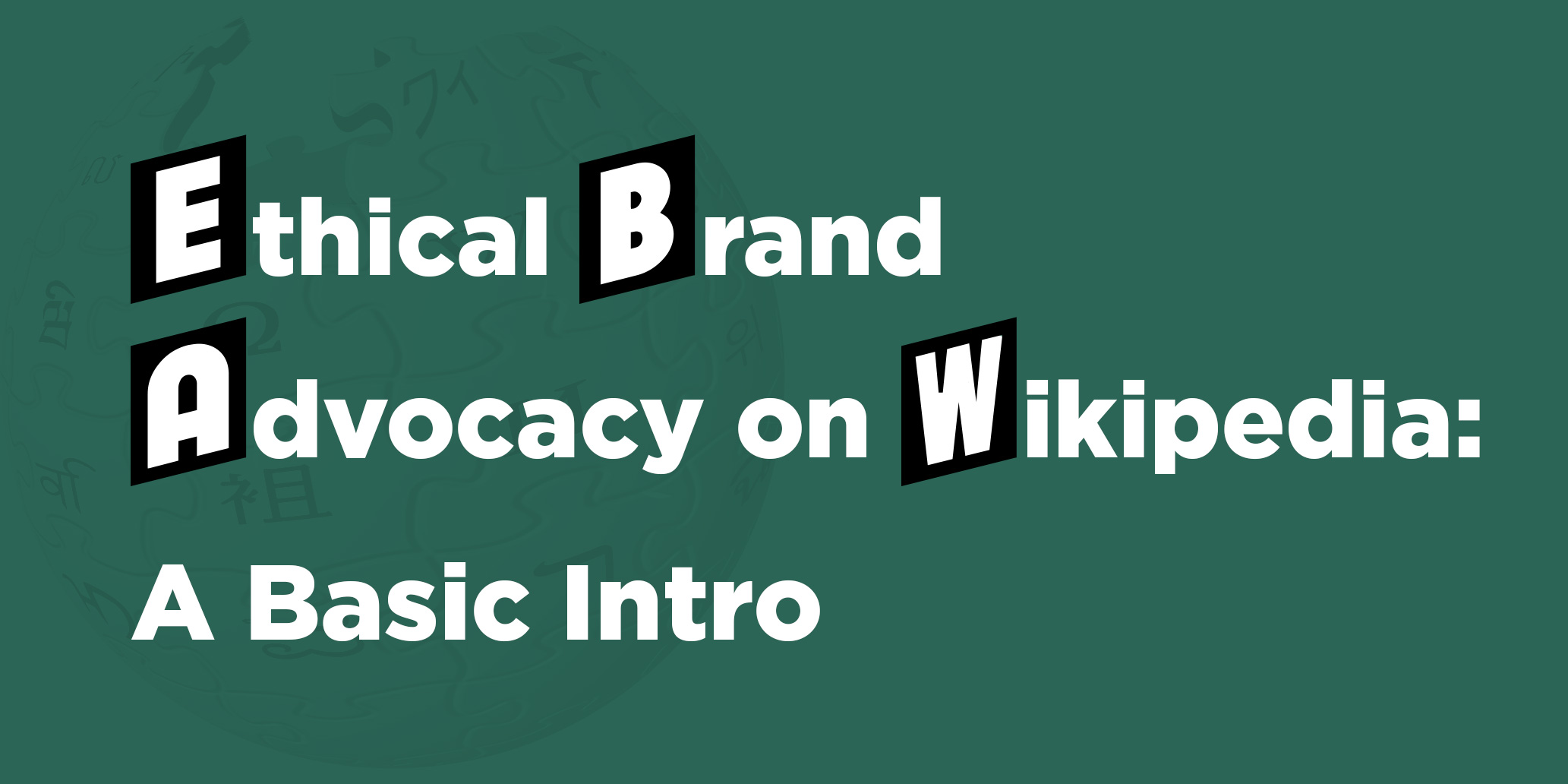As of this writing, I’ve been an active Wikipedia editor for over five years, with more than 2,600 edits to my name. I’m a member of Corporate Representatives for Ethical Wikipedia Engagement (CREWE), and I’ve put my name on a public pledge of PR representatives on Wikipedia to behave ethically and within Wikipedia’s guidelines. I’ve created several articles and represented dozens of brands. Here are the basics of what I do and what I’ve learned.
How Wikipedia works
Wikipedia is maintained almost entirely by volunteer editors. Its community monitors itself; if someone makes an edit that damages an article, another user can undo it. Every edit is archived, so user actions can be traced. Each article and user profile has an accompanying “talk” page where users can discuss the content and any conflicts that arise.
Wikipedia’s visitors have come to trust its content, because Wikipedia volunteers work hard to ensure that that content is unbiased and accurate. That’s why Wikipedia forbids users with a conflict of interest from editing pages. Breaking this rule can result in a user ban and a publicity black eye, as it has in the past for brands like Burger King, BP, clients of the PR firm Sunshine Sachs, and many more. (It can also draw more attention to any information you were trying to cover up, a phenomenon dubbed the Streisand effect.) Instead, brand representatives are able to act in an advisory capacity to support Wikipedia’s goal of providing neutral and relevant information.
When should a brand get involved on Wikipedia?
A brand’s Wikipedia page should be accurate, well-written and reasonably up-to-date, providing all the information about the brand that’s both relevant and notable. This is important for reputation management and search visibility. A brand’s Wikipedia page is almost always one of the first search results for its name. Wikipedia also provides a lot of the information that makes up Google’s Knowledge Graph, which is prominently featured in search results. The better a page reflects the facts, the better it will inform visitors and create a positive and accurate brand association.
What brands can and can’t do
A brand representative on Wikipedia with reliable, neutral citation CAN REQUEST:
- Correction of a factual error, providing citation for the accurate information.
- The addition of relevant, notable information, providing citation and suggested wording.
- Creation of an article on a noteworthy topic, providing a first draft with sources.
A brand representative on Wikipedia CANNOT:
- Repeat a rejected request to try to get someone else to accept it.
- Request the removal of relevant, factual information.
- Guarantee an edit. Other Wikipedia editors are free to reject or ignore suggestions or to modify wording as they see fit.
- Guarantee a timeline. The time needed to get a response to a request varies.
- Directly edit an article on which the brand does not have a neutral point of view.
- Conceal a conflict of interest by excluding it from a user profile or discussion on a talk page.
Why sources are important
Sources on Wikipedia – especially independent sources – matter for two reasons. Firstly, yes, they prove that something is true. Secondly, they prove that a piece of information is notable enough for inclusion in an encyclopedia. It’s an imperfect yardstick, and there are nuances, but the rough guideline is that if something was important enough to receive coverage in an independent publication, it’s important enough to be on Wikipedia.
The process
Phase 1: Research and preparation
- Research Wikipedia page history and active editors and projects surrounding it.
- Review the current brand page and list proposed factual corrections and reshaping, keeping in mind Wikipedia’s rules and best practices. Provide reliable, third-party citation for any new information.
- Draft text for recommended page updates, with citation.
Phase 2: Collaboration with Wikipedia editors
Work with Wikipedians to recommend edits.
- Request updates on the talk page of the brand article, disclosing conflict of interest and providing full citation.
- If this doesn’t initiate dialogue, reach out to individual editors who have been active in the past. You may want to follow the best practices identified in this flowchart.
What this looks like in practice
- Some updates to existing articles: LinkedIn, Splunk, NetApp, Hearsay Systems
- Articles created, with full disclosure of conflict of interest: Bob Adams, Godfrey Sullivan, César Cernuda, George Kurtz
Further reading
- Wikipedia’s conflict of interest policy
- BBC News: Wikipedia editing rules in a nutshell
- The Wikipedia Adventure: A one-hour interactive game that teaches you the basics about how to edit Wikipedia
- Instructions for edit requests
- Chartered Institute of Public Relations: Wikipedia Best Practice Guidance for Public Relations Professionals (PDF)
- William Beutler: Wikipedia and the Communications Professional: A Primer (PDF)

